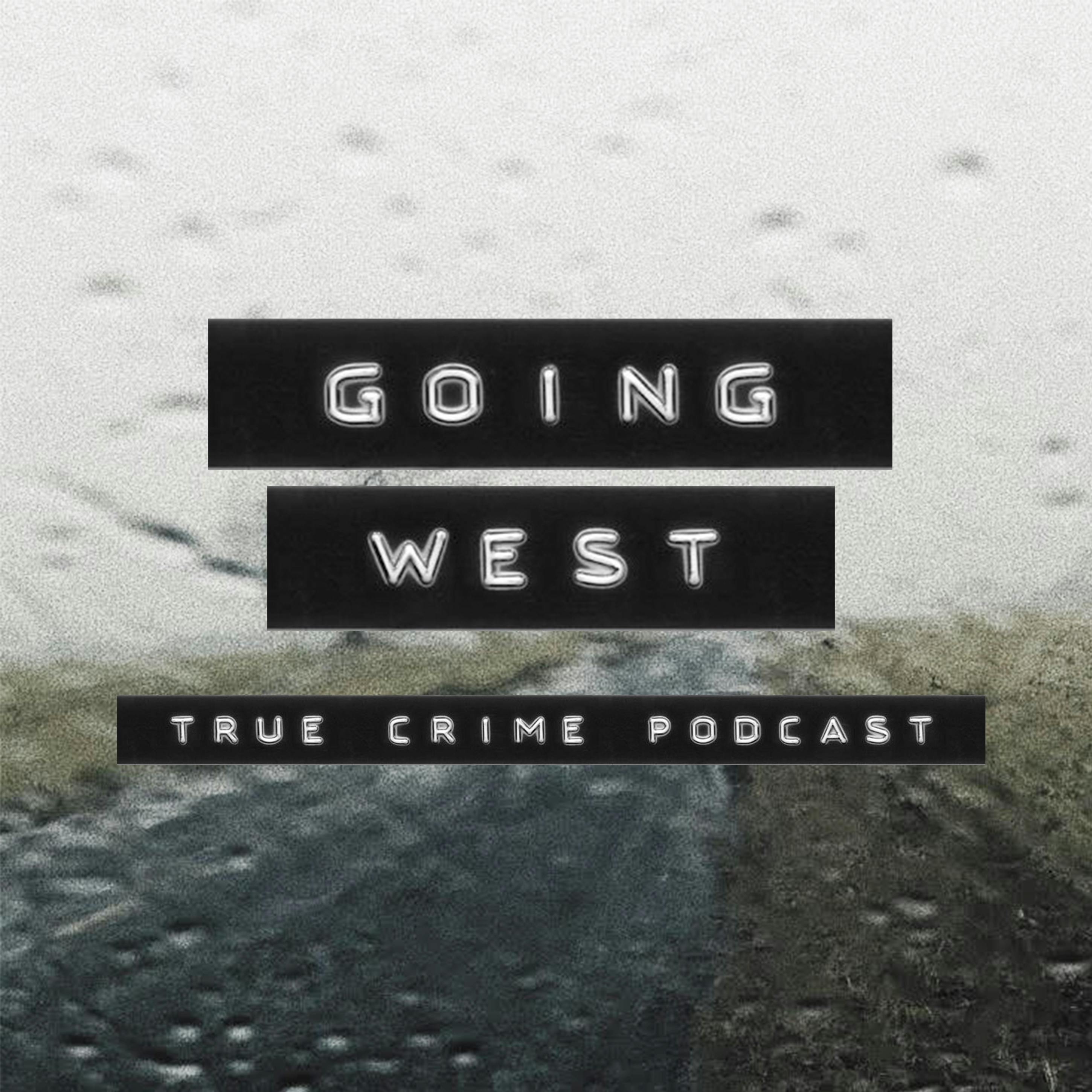
The San Francisco Doodler // 468

Going West: True Crime
Deep Dive
What was the Doodler's modus operandi (M.O.)?
The Doodler would meet his victims in gay bars, charm them by sketching their portraits, and then take them to a secluded location where he would stab them to death. He often targeted gay men, leaving their bodies in public places, particularly along Ocean Beach in San Francisco.
Why did the Doodler's victims often remain unidentified for long periods?
Many of the Doodler's victims were gay men who lived on the fringes of society due to their sexual orientation. Some had no family to report them missing, and others were estranged from their families, making it difficult for authorities to identify them quickly.
What was significant about the Doodler's survivor known as the Diplomat?
The Diplomat was one of three known survivors of the Doodler. He provided a detailed description of the killer, including that he was an art student studying to be a cartoonist. The Diplomat also identified a suspect in a police lineup, but the case fell apart because he refused to testify publicly, fearing exposure of his sexuality.
How did the Doodler's crimes impact San Francisco's gay community?
The Doodler's murders left a lasting mark on San Francisco's gay community, which was already marginalized in the 1970s. The killings created a climate of fear, and many victims' deaths went unnoticed or underreported due to societal stigma against homosexuality.
What evidence suggests that the Doodler may have been a gay man himself?
Investigators speculated that the Doodler may have been a gay man who was deeply ashamed of his sexuality. This theory is based on the fact that he targeted gay men and the psychological profile suggesting he may have been driven by guilt or self-loathing.
What was the role of the psychiatrist in the Doodler investigation?
A psychiatrist reported that one of his patients had admitted to the Doodler murders, claiming he had 'cured' his gay tendencies. The patient was identified by the Diplomat in a lineup, but the case collapsed because the survivor refused to testify publicly.
Why did the Doodler's case receive less attention than the Zodiac Killer's?
The Doodler's case received less attention because his victims were primarily gay men, a marginalized community in the 1970s. Additionally, the Zodiac Killer's crimes were more sensationalized and targeted a broader demographic, garnering more media coverage.
What is the current status of the Doodler investigation?
As of 2022, the San Francisco Police Department has a strong suspect in mind, a man still living in the Bay Area. However, they lack sufficient evidence to make an arrest. A $250,000 reward is offered for information leading to the Doodler's capture.
How did the Doodler's victims differ in terms of their backgrounds?
The Doodler's victims varied widely in age, occupation, and background. Some were openly gay, while others were closeted or married with children. The victims included a drag performer, a merchant sailor, a nurse, and a lawyer, highlighting the diverse nature of the killer's targets.
What was unique about the Doodler's final confirmed victim, Warren Andrews?
Warren Andrews was the first victim to be found alive, though he was in critical condition and later died from his injuries. Unlike other victims, he was bludgeoned with a rock and tree branch, leading investigators to believe the Doodler may have lost or broken his knife during the attack.
Shownotes Transcript
In the 1970s, shortly after the horrific reign of the Zodiac Killer, another serial killer wreaked havoc on San Francisco, killing as many as seventeen men he’d met at bars and nightclubs across the city. Intriguingly, the killer reportedly sketched his victims before stabbing them and leaving their bodies to be discovered in public places - most commonly on a beautiful beach along the city's edge. This is the story of The San Francisco Doodler.